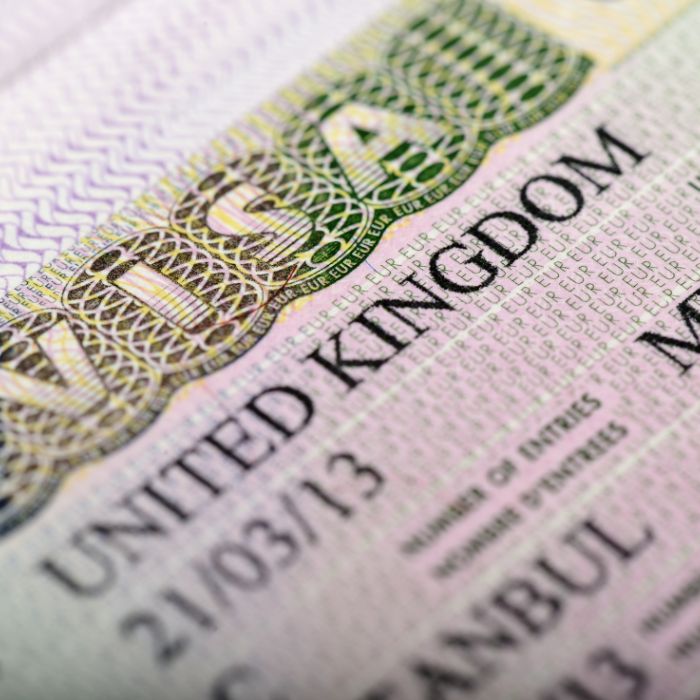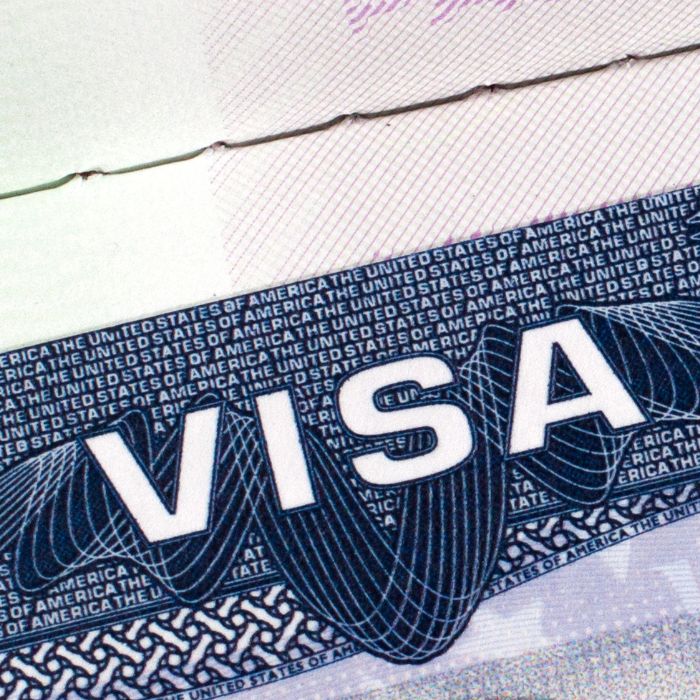United States: DHS Proposes Significant Expansion of Biometrics Collection and Use
October 31, 2025
At a glance
- The Department of Homeland Security is proposing a regulation that would expand its current biometrics collection policies to include palm prints, facial and voice recognition, ocular imagery including iris and retina images, and DNA, among other techniques.
- If the rule is finalized as proposed, foreign nationals who are granted an immigration benefit would become subject to continuous biometrics screening and vetting throughout their stay in the United States until they naturalize to become U.S. citizens.
- The new rule would expand the categories of individuals subject to biometrics collection to include U.S. citizens associated with an immigration filing and would expand collection to include individuals under 14 years of age.
- The rule will be formally proposed on November 3 and will be open for public feedback for 60 days. The rule will not take effect until it is finalized, a process that typically takes several months or more.
The issue
The Department of Homeland Security (DHS) has released a proposed regulation that seeks to broadly expand the collection and use of biometrics in the enforcement and administration of immigration laws. The rule would subject foreign nationals to periodic biometrics collection and continuous vetting after they enter the United States. It would eliminate age limits on the collection of biometrics, and would subject immigration sponsors, their authorized signatories, and others associated with immigration filings – including U.S. citizens – to biometrics collection.
An advance copy of the proposed rule is now available. The rule will be published in the Federal Register on November 3, 2025. The agency will accept public comments on the proposed rule, and associated U.S. Citizenship and Immigration Services (USCIS) immigration form revisions, for 60 days after publication.
DHS issued a similar proposed rule in September 2020, toward the end of the first Trump administration. The incoming Biden administration withdrew the proposal in May 2021, and the second Trump administration is now seeking to resurrect the initiative.
A closer look
The DHS proposal includes the following changes to biometrics collection and use:
- Would require foreign nationals who have been granted an immigration benefit to provide periodic biometrics and be subject to screening and vetting throughout their stay in the United States until they naturalize to U.S. citizenship.
- Would expand biometrics collection to any individual – including U.S. citizens – filing or associated with an immigration filing (unless an exemption applies). Currently, U.S. citizens are not subject to the biometrics requirement (except for certain family-based immigration benefit sponsors in specific situations). Those subject to the expanded biometrics requirement would include petitioners, authorized petitioner signatories, sponsors, supporters, beneficiaries, and others associated with immigration filings. According to DHS, an individual will be considered associated with an immigration filing for purposes of the proposed rule if they had substantial involvement or participation in the filing.
- Would apply the expanded biometrics requirements without regard to age. Currently, children under 14 are exempt from the biometrics requirement.
- Would expand the types of biometrics techniques used by DHS to include facial imagery, finger and palm prints, handwritten signatures, ocular imagery (including iris, retina, and sclera images), voice (including voice print and recognition and vocal signature), and DNA (partial DNA profile). Currently, biometrics collection generally only includes fingerprints, photographs, and signatures.
- Proposes that DHS may require, request, or accept raw DNA and/or DNA test results to verify the existence of a claimed or unclaimed genetic relationship or an individual’s biological sex, in order to determine eligibility for an immigration benefit or as needed to administer and enforce U.S. immigration and naturalization laws. Currently, DHS may not require DNA test results to prove a claimed relationship or establish biological sex.
- Proposes that DHS may use, store, and share DNA test results to adjudicate immigration requests, or for law enforcement purposes to the extent permitted by law.
- Would expand the purposes for which biometrics are collected from individuals filing immigration applications or petitions, to include not only criminal history and national security background checks, but also identity enrollment, verification, and management; secure document production; and other uses to administer and enforce immigration and naturalization laws.
- Would heighten the standard for justifying rescheduling a required interview or a second or subsequent rescheduling of a biometrics appointment, from the current standard of requiring a showing of good cause to a more stringent standard of requiring a showing of “extraordinary circumstances” preventing the individual from appearing as scheduled. The regulation does not provide guidance on what might qualify as extraordinary circumstances.
- Would limit DHS’s ability to reuse previously captured biometrics to instances where DHS has made a positive biometric-based verification that the subject of the new filing is the same individual whose biometrics were previously captured in a prior filing.
- Would authorize biometrics collection, without regard to age, upon arrest of a foreign national for purposes of processing, care, custody, and initiation of removal proceedings.
What the proposal means for employment-based immigration filings
If finalized as proposed, the regulation would expand biometrics collection for a number of key employment-based immigration case types:
- Foreign nationals present in the United States after they are granted an immigration benefit – including sponsored employees and their foreign national dependents – would be subject to regular biometrics collection and background screenings at any time until they become U.S. citizens.
- Sponsoring employers and their authorized signatories for certain employment-based filings – such as a Form I-140 immigrant worker petition or a Supplement J confirmation of a job offer or portability request for an employment-based application for adjustment of status – could be subject to biometrics collection, though details are not yet clear.
In the EB-5 Regional Center context, individuals associated with Regional Centers and new commercial enterprises or job creating entities under the Regional Center program would be subject to biometrics collection and continuous vetting, including U.S. citizens or lawful permanent residents.
What’s next for the proposed rule
After publication in the Federal Register on November 3, the public will have 60 days to comment on the rule and on USCIS forms that would be revised to reflect enhanced biometrics requirements.
After the public comment period, DHS will review the feedback and prepare to issue a final rule in the Federal Register. Some aspects of the rule could be revised based on public feedback. There is no set timeframe for publication of a final rule, though the process typically takes several months.
Due to the sensitive privacy implications of expanded biometrics collection, retention, and screening, there is likely to be robust public feedback. If a final regulation is issued, legal challenges are possible.
Fragomen is closely following the progress of the biometrics proposal and will provide updates.
This alert is for informational purposes only. If you have any questions, please contact the immigration professional with whom you work at Fragomen.














